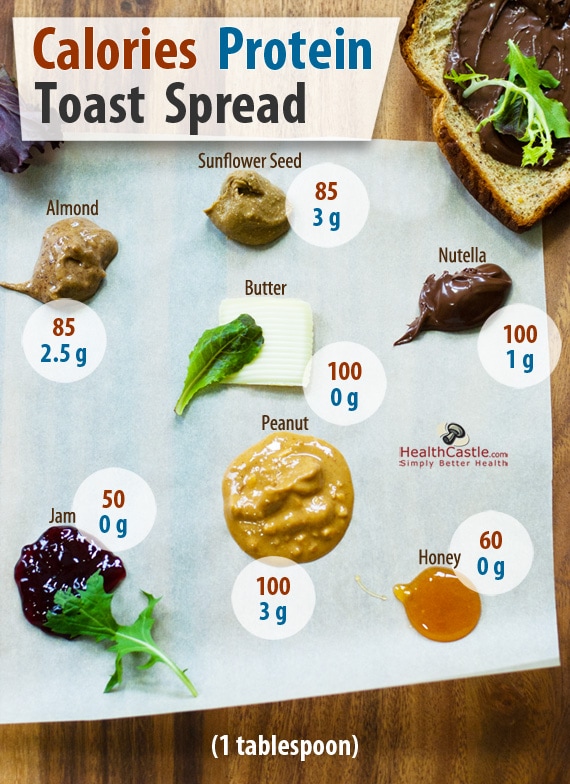

Season, environmental conditions, processing techniques and varieties of flower nectar can all influence the composition of honey but, essentially, the main nutritional constituents are carbohydrates (simple sugars: fructose and glucose – find more information in our ‘ Carbohydrates and its functions’ article). The heating and bottling process removes potential pathogens, but also the vitamins and antioxidants present in raw honey. It is then available in its raw honey form which can be further heated and bottled to be available as processed honey, the form which is most commonly available in supermarkets.

1 When honey gets extracted from the beehive, it usually gets strained to remove wax and other non-honey particles. Honey can be broadly categorised into raw and processed honey. Some of the most well-known types of honey are manuka and acacia honey. 1 They differ in colour, aroma and flavour depending on the plant source where bees collect nectar. There are over 300 different types of honey worldwide. 4 Multiple factors contribute to the decline in bees one of which may be pesticides, which prompted the European Food Safety Authority (EFSA) to issue guidance on assessing the potential risks of pesticides to bees and more recently work towards the development of a database to actively collect information on bee health in Europe. Given that 84% of the EU’s crops depend on pollination, the European Commission developed a strategy for honeybee health. Honeybees not only produce honey but undertake an important role as crop pollinators. 2 However, as successful honey production depends on the honeybee thriving, it is of concern that Europe is seeing a significant decline in bee colonies (21% in the winter 2016/2017 alone). The European Union’s largest honey yields are found in Spain, Germany, Romania and Hungary. The resulting thick, sticky liquid is what we know as honey (see Table 1 for composition). In the honeycomb, excess water evaporates through constant fanning from the bee’s wings. Honeybees collect the nectar and enzymes in bee saliva break down the sugar into glucose and fructose which is stored in honeycombs to feed the hive over the winter. The journey from bee to bottle begins with flower nectar. This article explores how honey is made, describes its composition, and discusses research on its reported health effects. There are hundreds of different honey types such as clover, acacia or manuka, depending on the botanical origin. It is mainly used for human consumption (but also in some cosmetics) either as pure honey or as an ingredient in other food products such as desserts, cereals and juices. Honey is a natural ingredient used for its sweetness, energy and potential health benefits. The Health Benefits of Honey and Its Nutritional Value Last Updated : 14 January 2020


 0 kommentar(er)
0 kommentar(er)
